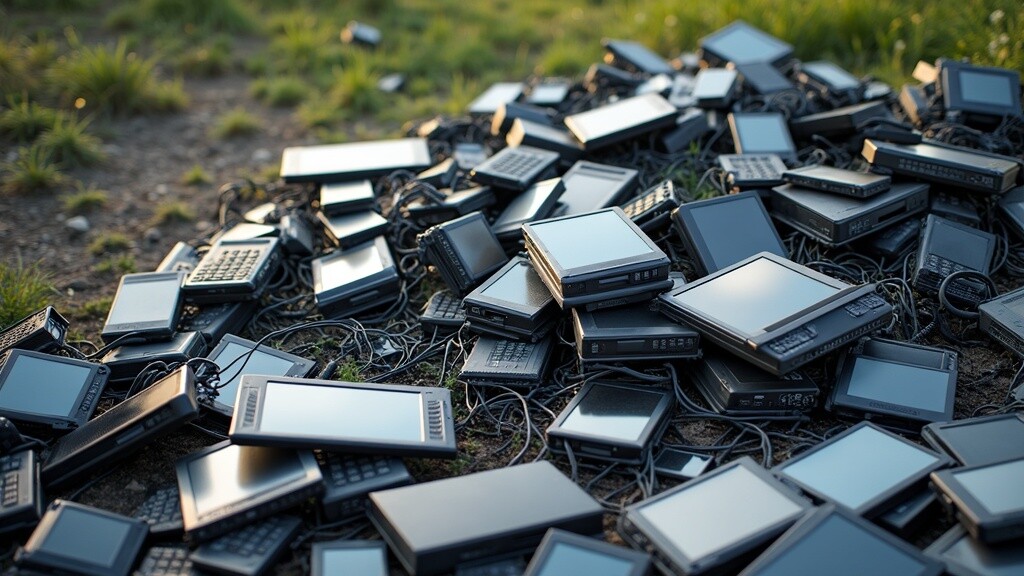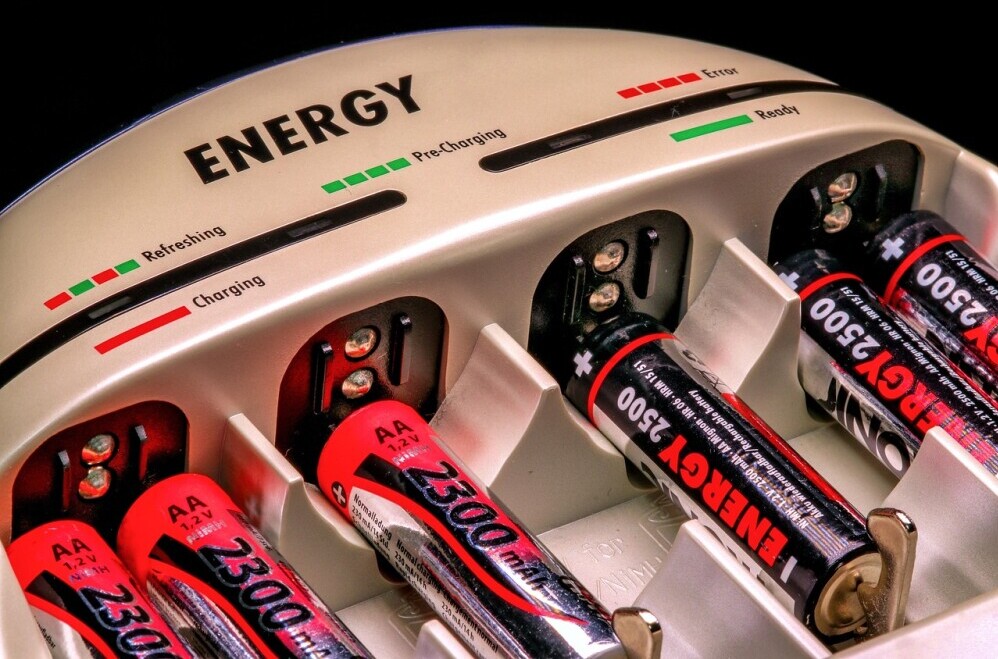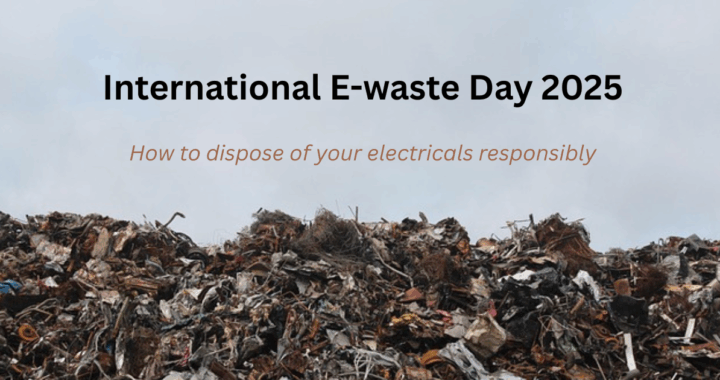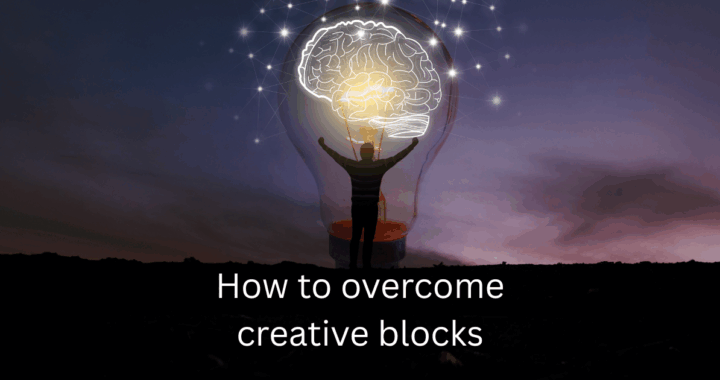Every device we’ve ever owned carries a story of connection, creativity, and eventually, disposal. International E-Waste Day 2025, set for October 14th, 2025, is a reminder that even our digital lives have an environmental footprint. Every smartphone, laptop, and charger in our homes has the potential to either help or harm the planet, depending on how we let it go.
As someone drawn to conscious living, I try to make mindful choices about what I buy, how long I use it, and how I eventually dispose of it. This annual event gives us all a reason to pause, reflect, and take action toward a cleaner, more sustainable world, so I hope you will join me in clearing my electronic clutter this October.

Understanding International E-Waste Day
International E-Waste Day was first launched in 2018 by the WEEE Forum, a not-for-profit association focused on sustainable electronic waste management. The day aims to raise awareness about the growing problem of discarded electronics and to prevent them from ending up in landfills or polluting the environment.
In 2025, events, workshops, and community campaigns will take place across many countries — each one encouraging better e-waste recycling habits and a shared sense of responsibility.
According to the WEEE Forum, millions of tonnes of electronic waste are thrown away each year, yet only a small percentage is ever recycled properly. This includes phones, printers, TVs, chargers, and other gadgets that often contain toxic materials like lead, mercury, or cadmium. When dumped or burned, these substances can leak into soil and water, harming people, animals, and plants.
Taking part in International E-Waste Day can give us all a feeling of connection not just with my local community, but with a global one. It’s a shared effort to protect what we love. If you’d like to join in, the Recycle Your Electricals UK website offers toolkits, activity ideas, and ways to participate.
This year’s theme focuses on Critical Raw Materials (CRMs), meaning the rare elements inside electronics such as smartphones, laptops, and solar panels. The campaign encourages people to recycle unused or broken devices to help recover these valuable resources and support a circular economy.
Why Responsible E-Waste Recycling Matters
I don’t know about you, but I have quite a few drawers and boxes full of tangled cords or dusty devices. They are all sitting there “just in case” I ever need them again, but to be honest, they are now so old, that most of the connections are defunked and the devices are useless. It’s time to take action!
E-waste can be more harmful than most other kinds of waste because it contains both valuable elements like gold, copper, and rare earth metals, and toxic materials that can contaminate the environment.
The UN Environment Programme estimates that less than 20% of global e-waste is properly recycled each year. That means the majority is lost, burned, or dumped. In some parts of the world, workers in unsafe recycling sites are exposed to dangerous fumes as they extract metals from old electronics.
Recycling through official channels helps recover the precious materials, reduces pollution, and saves energy compared with mining for new resources. So, for me now, sorting e-waste regularly will also help declutter my home and bring peace of mind knowing my gadgets aren’t quietly causing harm to anyone somewhere else.
Many manufacturers and retailers now offer take-back or trade-in programmes that reward customers for returning old devices. Some even provide discounts or vouchers, which makes proper recycling even more appealing to everyone.
 Stop your electronics from adding to landfill sites
Stop your electronics from adding to landfill sites
Practical Ways to Recycle Electronics
Dealing with old electronics can feel overwhelming, but like most things, it becomes easier once you break it into small, doable steps. Here are a few you can try:
1. Repair and Reuse
Before getting rid of anything, see if it can be repaired. Local repair cafés, community workshops, or YouTube tutorials have helped me extend the life of many devices. I recently changed out the batteries in many of my garden solar lights, because they only last about 3 years. Instead of throwing them away, I changed the batteries, and they’re as good as new.
2. Donate if Possible
Schools, charities, and community centres often welcome working devices. Donating gives your tech a second life and helps someone else. Even items that no longer work can often be repaired by people who know what they are doing, so always see if there is a collection point near you.
3. Use Official Collection Points
Find your nearest registered drop-off site using the Recycle Your Electricals locator. These facilities make sure your items are handled safely and responsibly. Some local authorities will collect small electronic items if you leave them out on recycling bin day in a small, clear bag.
4. Separate Batteries
Always keep used batteries in a small container and take them to a supermarket or recycling centre collection box. Never throw them in the bin as they can explode or be a fire hazard. I don’t smoke or vape, but vapes have small batteries in them, too, so you need to dispose of these in the same responsible way.
 Use rechargeable batteries to reduce waste
Use rechargeable batteries to reduce waste
5. Protect Your Data
Before donating or recycling, always wipe personal data from your devices or use certified destruction software to do so.
6. Join Local Events
Around International E-Waste Day, many councils host pop-up collection days. It’s a simple way to clear clutter and do good.
A small tip that’s worked for me: I keep a labelled “e-waste box” in a cupboard, and an old plastic container to keep expired batteries in. Even better, I now use many more rechargeable batteries, which not only save me money, they help the planet. When these containers are full, I take them to a recycling centre. It’s tidy, effortless, and keeps everything in a safe place.
For families, turning e-waste sorting into a monthly ritual is a lovely way to teach children about environmental care. They quickly learn that sustainability begins with small, everyday decisions and believe me, they watch and will copy what you do.
Common Myths About E-Waste Recycling
Even when people care about the planet, misinformation can stop them from taking action. Here are a few myths which crop up:
“My old tech is too broken to recycle.”
Not true. Even damaged items contain valuable recoverable materials. Most recycling sites accept broken gadgets.
“Deleting files is enough to protect my data.”
Deleting files only removes shortcuts, and often the data remains on the hard drive. Always use a proper data-wiping tool or a recycling service that guarantees secure data destruction.
“All electronics shops recycle devices.”
Not all do. Always ask or check the Recycle Your Electricals map for official collection partners.
“Throwing one gadget in the bin won’t make a difference.”
It will. Each item sent to a landfill site contributes to long-term pollution. If everyone in the UK disposed of ‘only one item’ that way, that would be over 70 million devices! So, responsible disposal matters!
Helpful Resources and Toolkits
A few organisations offer excellent free resources to make recycling easier:
- Recycle Your Electricals UK – Advice for households, schools, and community groups.
- WEEE Forum – International E-Waste Day – Annual themes, event ideas, and awareness campaigns.
- Global E-Waste Statistics Partnership – Up-to-date facts and data about the world’s e-waste challenge.
Your local council website may also list collection sites, safe disposal rules, or free recycling events near you.
 Use recycled or refurbished tech
Use recycled or refurbished tech
Making E-Waste Reduction Easier at Home
Creating simple systems makes responsible recycling part of everyday life. These small changes have helped me stay organised and consistent:
- Battery organiser – Keeps used batteries safe until recycling
- Label and data removal tools – For clearing personal information from devices
- E-waste storage bags – For gathering small cables or accessories
- Cable management boxes – Help identify broken cords and reduce clutter
Smaller lifestyle shifts like buying refurbished tech, using universal chargers, or sharing devices within the family also reduce waste and save money. And once every few months, I check through the drawers to find old tech and pass it on.
Frequently Asked Questions
What counts as e-waste?
Any unwanted electrical or electronic item, from smartphones and tablets to printers, kitchen appliances, or chargers.
Can I put e-waste in my household recycling bin?
No. Most councils can’t process electronics in regular bins. Always use official drop-off points.
How do I find a recycling centre near me?
Use the Recycle Your Electricals locator or check your local council’s website for details.
Moving Toward Conscious Tech Habits
International E-Waste Day 2025 isn’t just about recycling; it’s about awareness. It invites us to look at our relationship with technology and how we honour the resources and raw materials behind it. Every phone, tablet, or gadget carries the energy of the Earth through the metals and minerals it contains. And these are precious, especially if they are being stripped from the Earth unnecessarily.
By sorting, repairing, donating, or recycling responsibly, we transform our own awareness into meaningful action. Conscious living begins with these everyday choices that connect our values with the well-being of Gaia herself.
“Every small act of care ripples outwards. When you recycle responsibly, you’re helping the planet breathe a little easier.”
References
- WEEE Forum (2024). International E-Waste Day Resources. weee-forum.org
- UN Environment Programme (2024). Global E-Waste Data and Reports. unenvironment.org
- Recycle Your Electricals UK (2024). Household E-Waste Guidance. recycleyourelectricals.org.uk
Related Posts
Conscious Living – how to tread lightly on the Earth
How to declutter your home and clear your mind
Sustainability Day 2025
National Reuse Day 2025
a





This was such an eye-opening read, Gail. I never realized how much silent harm those forgotten drawers of tangled cables and dead gadgets can cause until now. You made the topic feel personal because it’s like something we can all fix, one small action at a time. I liked your practical tips about keeping an “e-waste box” and replacing solar light batteries instead of tossing them out.
It’s easy to think that one phone or charger doesn’t matter, but you reminded me that it does, and that every small act counts. I’ll be joining you this October to clear out my old electronics and do it right. No, I’m kidding. I don’t have any right now.
Cheers!
John
HI John. Great to see you back. Thanks for your comments on the article and yes, all these gadgets and wires add up to a considerable pile if we put them all together. Luckily, we can all do something about it. Great that you don’t have any old electronics to clear – you’re setting a great example to the rest of us! All the best. Gail
Hi Gail
The section on Practical Ways to Recycle Electronics stood out as both actionable and inspiring. Breaking down e-waste disposal into small, manageable steps makes the process far less intimidating. I especially appreciated the tip about keeping a labeled e-waste box and using rechargeable batteries it’s such a simple habit with a significant environmental payoff. The example of repairing solar garden lights instead of discarding them beautifully illustrates how extending a product’s life supports sustainability.
This really made me reflect on my own habits: How much usable tech am I holding onto “just in case”? And how can communities be encouraged to create shared e-waste drop-off systems or repair cafés to make responsible disposal more accessible? The guide is a great reminder that thoughtful living starts with daily choices, and even the smallest ones like sorting old cables can add up to real impact.
Hi Ravin, thanks for taking the time to read the article and comment. Glad you liked the small manageable steps and very pleased you are thinking about your own habits here. Let’s hope that you’ll soon be a few cables and old tech lighter! All the best. Gail
This was such an eye-opening and beautifully written piece, Gail. I really appreciate how you connected personal responsibility with global impact — it makes the issue of e-waste feel both urgent and approachable. The practical tips, like keeping a labelled e-waste box and using rechargeable batteries, are simple but so effective.
I’ve been meaning to sort through my old electronics for ages, and this article gave me the push I needed. It’s easy to forget how much value still exists in those old devices just sitting in drawers. Thanks for the reminder that mindful disposal really does make a difference!
Hi Jenny. Thank you for your kind comments and for reading the article. I’m pleased that it helped nudge you to sort out your own old electrical items. All the best in clearing things out. Gail
Hello Gail. I was just thinking that Verizon Wireless might be getting in on the recycling ♻️ business because the last time I bought my Android, they gave me a discount for turning in my last Android. That said, I do have a bag with about 10 previous phones 📱 we have NOT yet recycled. I was hoping I could get some money for them. Maybe I should google that? MAC.
Hi MAC. Great to hear from you again. I think that it’s a good idea to try to get some money for them, either from someone who is going to use it or someone who is going to recycle it. The key is not having them lying around when they could be put to good use, AND bring you in a few pounds too. That’s also a great way to deal with clothes that still have life in them. My daughters do that all the time and it gives them some extra pocket money. All the best – let me know how you get on. Funnily enough, I’m a bit the other way. I have a new phone that I’ve had since June that I’m still in the process of setting up! LOL. But I will recycle the old phone once I have. Speak soon. Gail